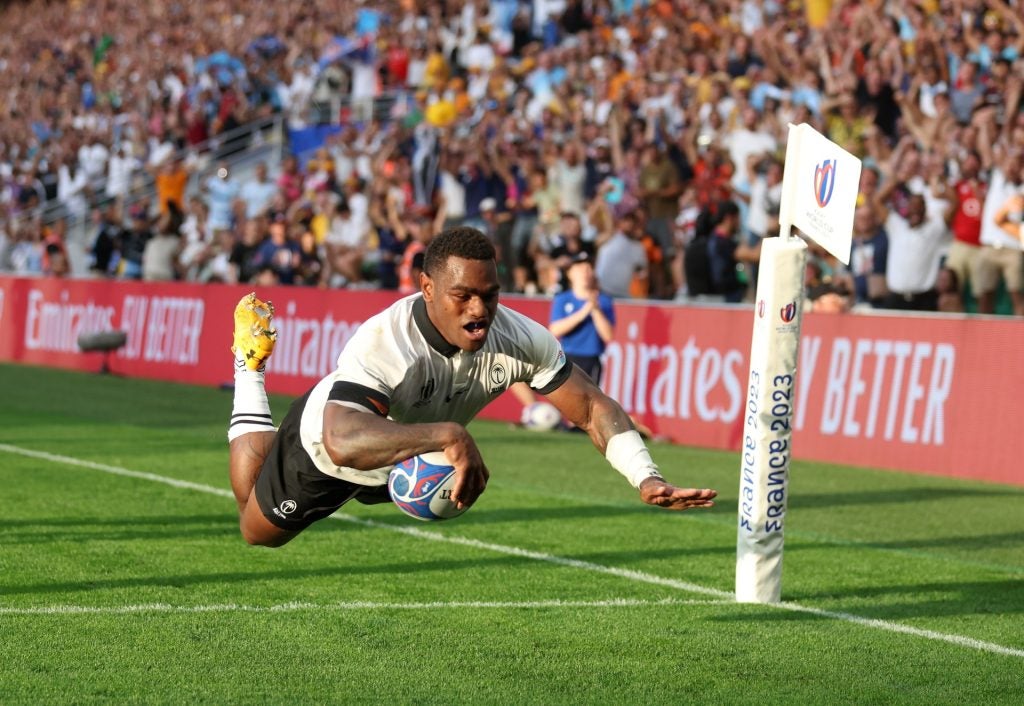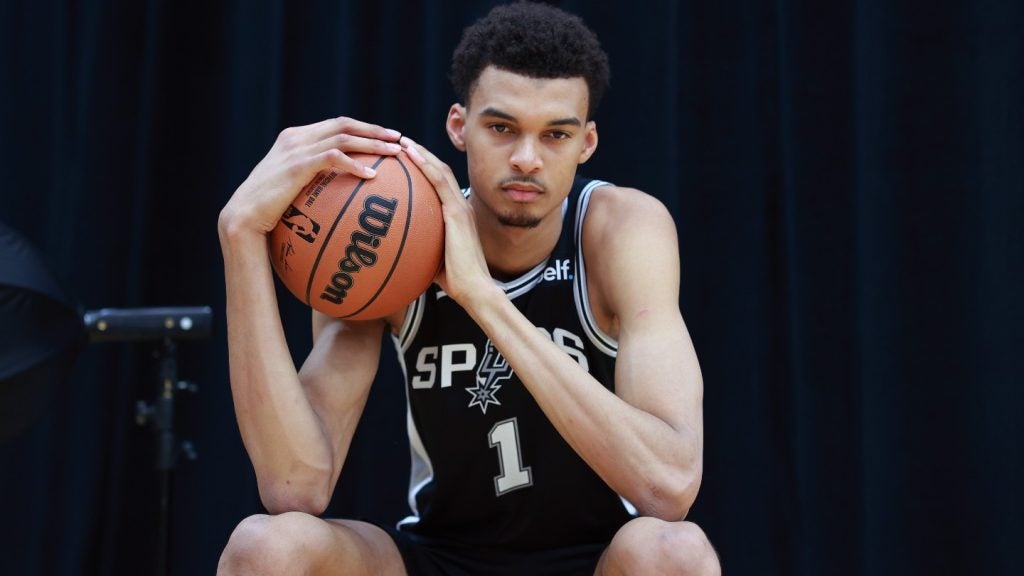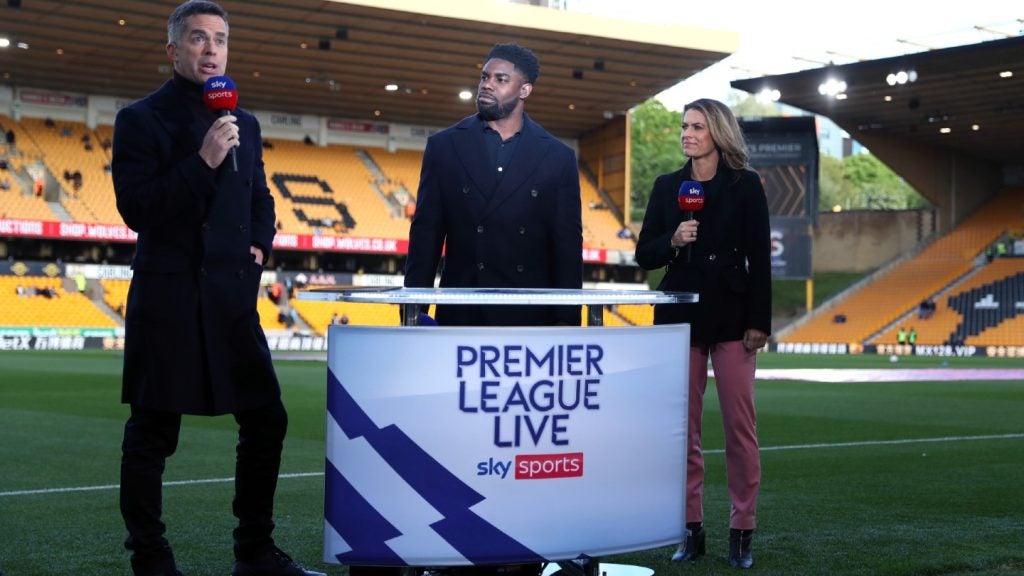
Imagine that there is a sport, and it has been growing for a couple of years. It has a huge following, lots of people participating and is one of the biggest rising stars out there. But it isn’t technically anywhere – it has no home stadiums, no typical training grounds, nothing that would tie it to a specific physical location.
Does that sound strange? Maybe, but it is
exactly where eSports were a few years ago. Played by people on their computers
and consoles, connected via the internet, it transcended the local boundaries
of traditional sports and posed an entirely new question when stadium and arena
events became a viable option: where do you put those events?
Traditional sports follow two typical patterns. Either they are attached to a home arena or stadium of a team and the question of ‘where’ only exists if you consider moving everything, including your fan base, from Oakland to Las Vegas like the Raiders did. Or you are looking for host cities and venues bidding for your event, supporting it and making sure all required conditions are in place.
eSports posed an entirely new question when stadium and arena events became a viable option: where do you put those events?
With eSports, neither applied in the
beginning. The only thing that was certain was that we need big screens so
everyone can follow the action, and that there was enough space to set up the
stage. As we started hosting more events every year, we learned a lot about how
we could identify how much of the global eSports audience of 386 million people
would come to the event or watch it from afar.
How well do you really know your competitors?
Access the most comprehensive Company Profiles on the market, powered by GlobalData. Save hours of research. Gain competitive edge.

Thank you!
Your download email will arrive shortly
Not ready to buy yet? Download a free sample
We are confident about the unique quality of our Company Profiles. However, we want you to make the most beneficial decision for your business, so we offer a free sample that you can download by submitting the below form
By GlobalDataOne of the key elements of eSports events is that they last two days or more, making them more like music festivals than a single concert or sports match. People travel, and they travel far. For our typical events in Germany, 50 per cent of event visitors travel more than 50 kilometres to get to the event, and 30 per cent of them are from abroad.
This means that well-connected airports, good accommodation and the amount of people living within a certain radius of that city are key considerations when making the decision. With an event like ESL One Frankfurt, its 15,000 visitors generated 21,500 accommodation nights over two days.

Seeing all those people come to a city for events, we quickly realised that there was a significant opportunity for cities to engage in eSports events to draw the typical eSports crowd of 21 to 35-year-olds. In 2013, the city of Katowice started supporting an Intel Extreme Masters event.
Within a few years, the event has grown to welcome 176,000 visitors, creating an economic impact of millions of Euros for the city of Katowice, which is now the number one eSports destination in Poland, far ahead of its capital Warsaw.
Since 2013, eSports events have been
established in cities like New York, Manila, Sydney and Cologne. They provide
gathering places and annual meet-up opportunities for a crowd that spends most
of the year communicating digitally, and with a return rate of over 70 per cent,
the majority of visitors come back every year. Some live close by, others
travel very far, just like guests from New Zealand coming to an event in
Frankfurt.
Arenas now pay more attention to big screens being in place for eSports events, and cities are becoming increasingly aware of the potential of eSports
Even in 2017, the eSports locations around the world are still being determined. Arenas now pay more attention to big screens being in place for eSports events, and cities are becoming increasingly aware of the potential of eSports.
As the landscape evolves and more events are starting to establish themselves, even those outside of the core eSports demographic can witness something very unique and rare – the birth and growth of a new type of sports.







